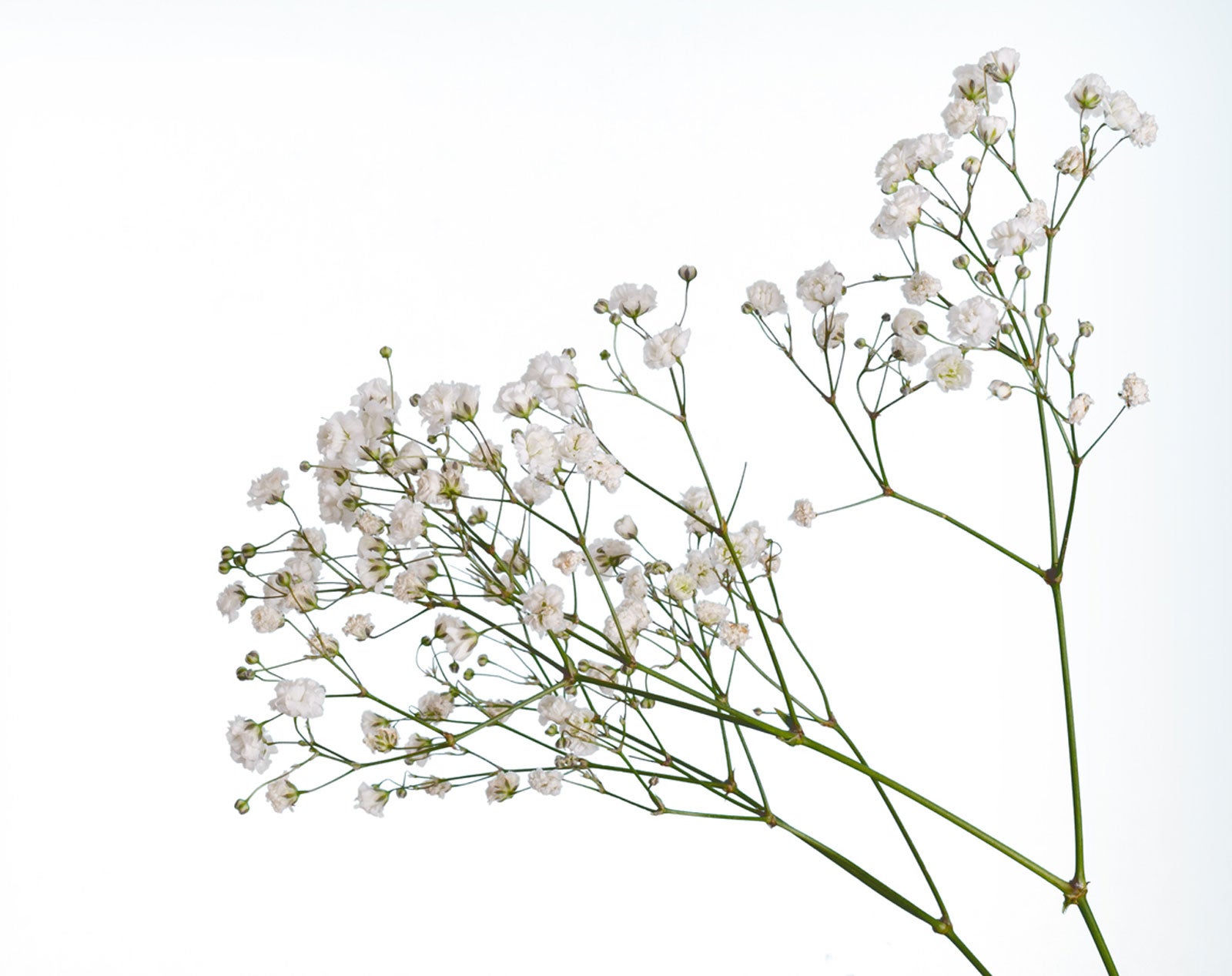Baby's Breath Flowers - How To Grow Baby's Breath Plant In The Garden


We're all familiar with the baby's breath plant (Gypsophila paniculata), from bridal bouquets to cut flower arrangements that use the small, delicate white flowers, fresh or dried, to fill in around larger blooms. But did you know that baby's breath flowers can grow easily in your garden? You can learn how to dry your own baby's breath for making arrangements at home and to share with friends simply by growing baby's breath flowers in your garden. This plant may be annual or perennial, and baby's breath flowers grow in rose, pink and white and may have single or double blooms. Double blooming baby's breath plants have been grafted, so take care to cut above the graft union.
How to Grow Baby's Breath
Growing baby's breath is simple and you'll likely find it a useful garden specimen. Learning how to grow baby's breath can be a lucrative hobby, especially if you sell it to florists and others who make professional arrangements. Growing baby's breath in a full sun area is relatively simple if the soil pH is right. The baby's breath plant likes an alkaline or sweet soil. Soil should also be well-draining. If your baby's breath plant does not perform well, take a soil test to determine the soil's alkalinity. Start baby's breath flowers in the garden from seeds, cuttings or tissue cultured plants.
How to Dry Your Own Baby's Breath
Reaching 12 to 18 inches (30.5-46 cm.) at maturity, you can harvest and learn how to dry your own baby's breath flowers. When cutting to dry flowers of the baby's breath plant, choose stems with just half of the flowers in bloom while others are only buds. Don't use stems with browning flowers. Re-cut stems of the baby's breath under warm running water. Bundle five to seven stems together with twine or a rubber band. Hang these upside down in a dark, warm and well-ventilated room. Check the drying flowers after five days. When flowers are papery to the touch, they are ready for use in a dried arrangement. If they do not have the papery feel after five days, allow more time, checking every couple of days. Now that you've learned how to grow baby's breath and how to dry it, include it as a border in your garden. If it does well, check with local florists to see if they are interested in purchasing some of the flowers you've perfected in your garden. NOTE: This plant is considered a noxious weed in some parts of the U.S. and Canada. Before planting anything in your garden, it is always important to check if a plant is invasive in your particular area. Your local extension office can help with this.
Sign up for the Gardening Know How newsletter today and receive a free copy of our e-book "How to Grow Delicious Tomatoes".

Becca Badgett was a regular contributor to Gardening Know How for ten years. Co-author of the book How to Grow an EMERGENCY Garden, Becca specializes in succulent and cactus gardening.